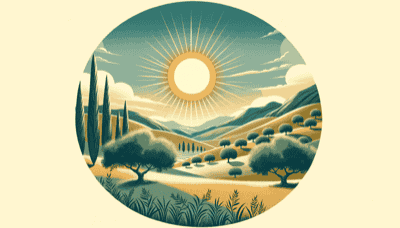We're here to help you keep count of the days to or since a date. Just click the button below and enter your chosen date to get started. Also choose the suggested days or search for a special day above #countingthedays

The June Solstice, also known as the summer solstice in the Northern Hemisphere, marks the day when the sun reaches its highest point in the sky. In Spain, this usually occurs around June 21st. It is the longest day of the year and is celebrated for its connection to fertility, warmth, and sunlight.
Historically, the solstice has been marked by various cultural and religious traditions. In Spain, these traditions have pagan roots and are often associated with fire to symbolize the power of the sun.
Hogueras de San Juan (Bonfires of Saint John): One of the most notable celebrations associated with the June Solstice is on the eve of Saint John’s Day (Noche de San Juan), especially in coastal areas like Alicante and Valencia. People light bonfires to protect against evil spirits which are believed to be freely roaming when the sun turns southward again.
Fiesta de San Juan: This festival combines Christian elements with older pagan customs. The night includes fireworks, bonfires, music, dancing, and often jumping over fires or running into the sea at midnight for good luck.
Today in Spain, people might:
The June Solstice remains an important time for Spaniards to welcome summer with celebration rooted deep within their history.